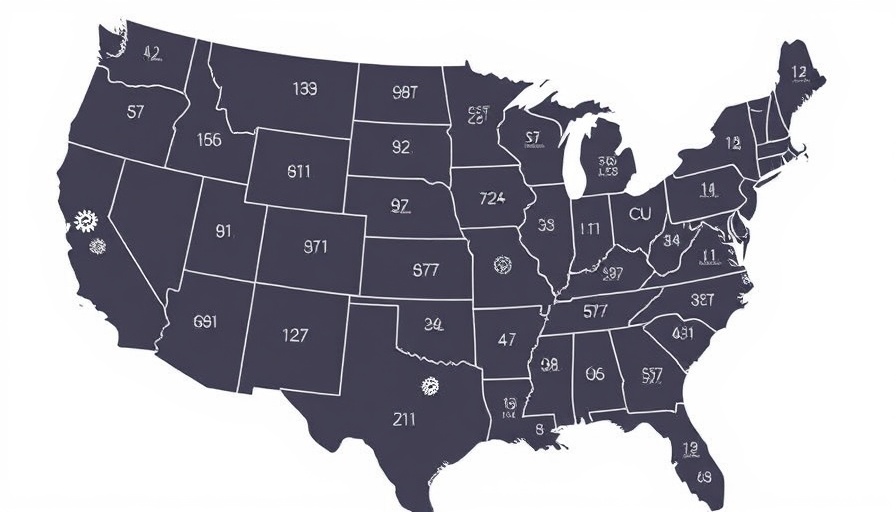
No Break in the Cybersecurity Chain: CISA's Strategic Move
In a move that has been met with relief throughout the cybersecurity community, the Cybersecurity and Infrastructure Security Agency (CISA) has extended the contract for MITRE's Common Vulnerabilities and Exposures (CVE) Program by another 11 months, averting a potential lapse in essential cybersecurity services. The original expiration was set to take place on April 16, a scenario that left many in the industry apprehensive.
Described by former CISA director Jen Easterly as “one of the most important pillars of modern cybersecurity,” the CVE Program provides critical support for organizations striving to protect themselves from cyber threats. Without it, defenders may find themselves disoriented, akin to trying to navigate a library without a catalog—chaos would ensue, and attackers would exploit any gaps in defense.
The Importance of the CVE Program
The CVE Program, maintained by MITRE, serves as an authoritative source for identifying and cataloging vulnerabilities that have been actively exploited. This information is invaluable for network defenders and organizations striving to maintain their cyber hygiene, especially in sectors like healthcare where data integrity is paramount. At a time when healthcare systems are increasingly targeted, the extension is not just a bureaucratic decision; it’s a safeguard for patient safety and data security.
A Broader Context: Cybersecurity in Healthcare
As CISA emphasizes the significance of the CVE as part of their Cyber Hygiene Services, the continuity of the program supports hospital IT managers as they navigate a maze of vulnerabilities. Given recent high-profile ransomware attacks against healthcare systems, having a reliable source for vulnerability data is crucial. CISA has poured substantial resources into the CVE reference system for software vulnerabilities, promoting efficient discovery processes for cybersecurity professionals.
Why This Matters for Healthcare Providers
For those directly involved in healthcare administration and IT, awareness of the CVE Program's continuity should bring a measure of reassurance. Cyber threats are persistent and evolving, and having an updated, reliable database of vulnerabilities ensures that these professionals can take proactive steps to defend their organizations. It equips them to address emerging threats effectively while ensuring compliance with industry best practices.
Conclusion: Staying Informed and Prepared
This contract extension marks a vital development in maintaining the infrastructure that helps protect sensitive information in healthcare and beyond. As CISA works to reinforce the integrity of cybersecurity resources, it’s an essential reminder that ongoing vigilance and preparedness are key in today's fast-evolving digital landscape. Healthcare professionals must stay informed on cybersecurity initiatives, as these developments are directly linked to safeguarding the well-being of patients and the integrity of medical institutions.
 Add Row
Add Row  Add
Add 




Write A Comment